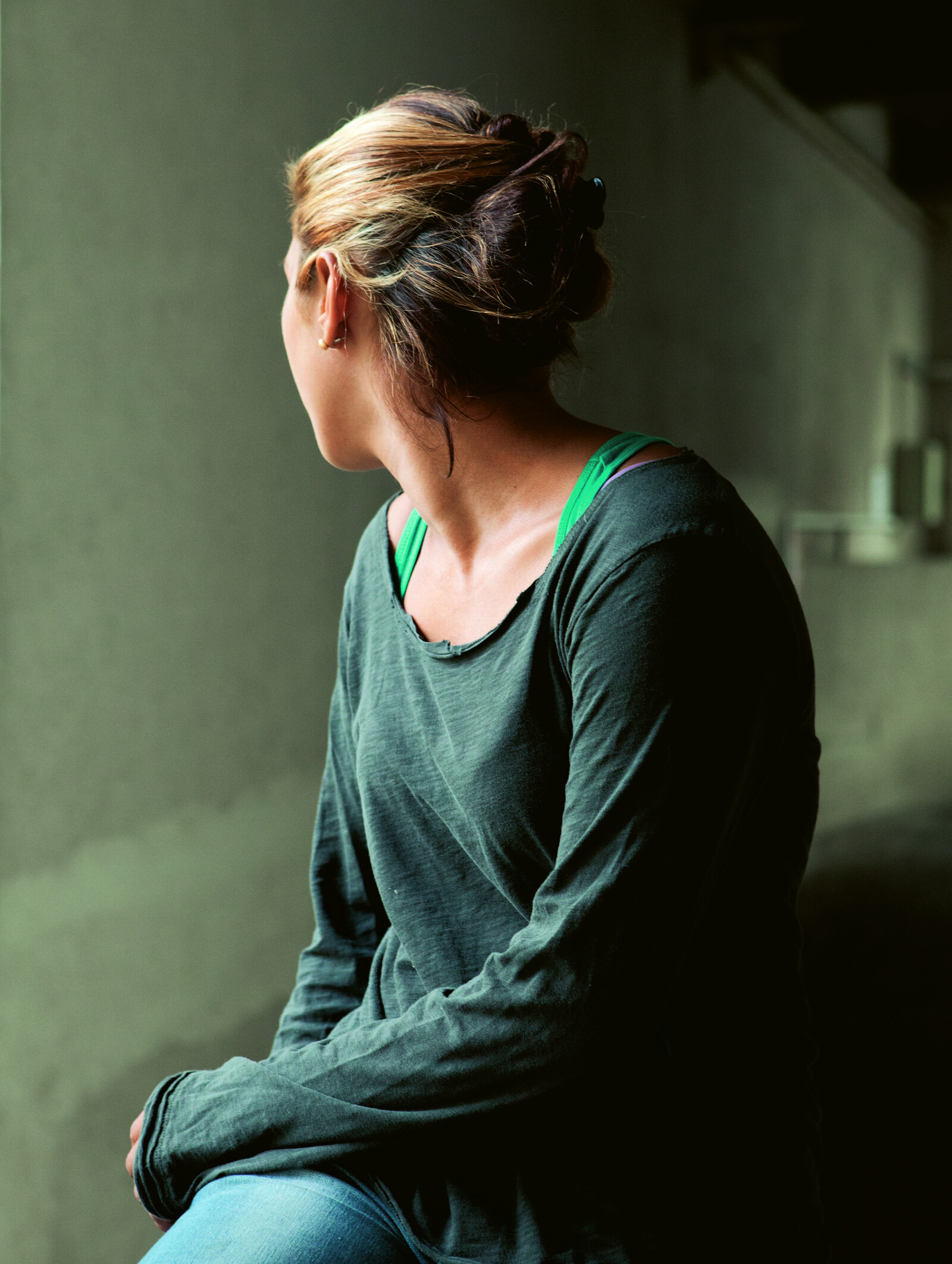Document/Monument
September 22, 2023–January 7, 2024
Paseo de Recoletos 23
28004 Madrid
Spain
T +34 932 71 31 80
With the exhibition Document/Monument, Fundación MAPFRE presents more than thirty years of Mathieu Pernot’s work: a wide selection of around 300 works ranging from the early 1990s to the present day. Produced by Fundación MAPFRE and curated by Victoria del Val, the show is his first retrospective in Spain.
Mathieu Pernot (Fréjus, France 1970) is one of the most interesting artists on the current scene. He has developed an atypical and alternative approach to photography for many of his series, using material from different types of archives: historical and personal documentation, as well as family picture albums. These found images mingle and intertwine with those of the author himself, who often makes no distinction between the origins of the pictures. In this way, his work poses a profound and ongoing reflection on the role of the photographer and the different functions of the photographic medium.
The present project diverges from the pattern of previous exhibitions as it brings together bodies of work produced at different times and which in some cases had never been viewed before. Of particular note are the pictures taken in the boxing clubs of Marseille in 1994 and the most recent series, done a few months ago in Melilla, commissioned by Fundación MAPFRE. Also, on display for the first time there are photographs of destroyed buildings in Beirut in 2000, after the Lebanese civil war, which in the present exhibition are located near images of controlled demolition works undertaken in French banlieues. The series “The Shouters” is exhibited alongside graphic material from the Paris prison of La Santé. Pernot’s works reflect different temporalities and geographies and they are also in constant interconnection, and in transit within the exhibition space itself. The purpose of many of the pictures when they were taken has shifted and evolved over time, generating new interpretations.
Many of the characters in the situations and realities depicted in Mathieu Pernot’s work find themselves on the margins of society: migrants, Gypsies, displaced persons and victims of war. Pernot presents us with their concrete, everyday lives, far removed from the grand narratives of history and its more or less tragic events. Over the years, all these characters mix and intertwine in his series and albums, creating an artistic discourse that proposes new and different readings of our own history.
This exhibition includes “The Gorgans,” one of the author’s key works, which has accompanied him from the beginning of his photographic career until the present time. In addition, the Gorgan family is the main set of characters in several series. They have become the protagonists of Pernot’s artistic discourse, not only due to their magnetism and the embodied power of the individual family members, but also because their lives intersect with the history of the Gypsy community over the centuries.
The present show also shines the light on the photographer’s significant work as an editor, a facet that has allowed him to engage in distinctly autonomous publishing projects that complement his exhibitions. Pernot’s books play a prominent role in his career, with almost twenty titles published to date.
The exhibition catalogue includes a wide selection of works and a conversation between the artist and Victoria del Val, as well as critical essays by Ilsen About and Ernst van Alphen, specialists in migration and photographic studies, and the historian of photography Luce Lebart.
Mathieu Pernot lives and works in Paris. After training in science, he enrolled at the École Nationale de Photographie d’Arles, where he graduated in 1996. Since his 1997 exhibitions at the Centre national de la photographie in Paris and the Rencontres d’Arles, Pernot has been featured in multiple exhibitions and publications and has received important awards, such as the Nadar in 2013, the Niépce in 2014 and, most recently, the Henri Cartier-Bresson Award in 2019.
The photographs cannot be bled, cropped, guttered, overprinted or altered in any way, whether it be color proportion or form. It is also not allowed to write, superimpose or add any text on the images. The reproduction of the photographs must be accompanied by the pertinent copyright and courtesy lines.
The reproduction of images in on-line publications and media is allowed only for exhibition publicity and dissemination where the resolution of the reproduction is a maximum 72 dpi/204 pixels in a non-downloadable format.





